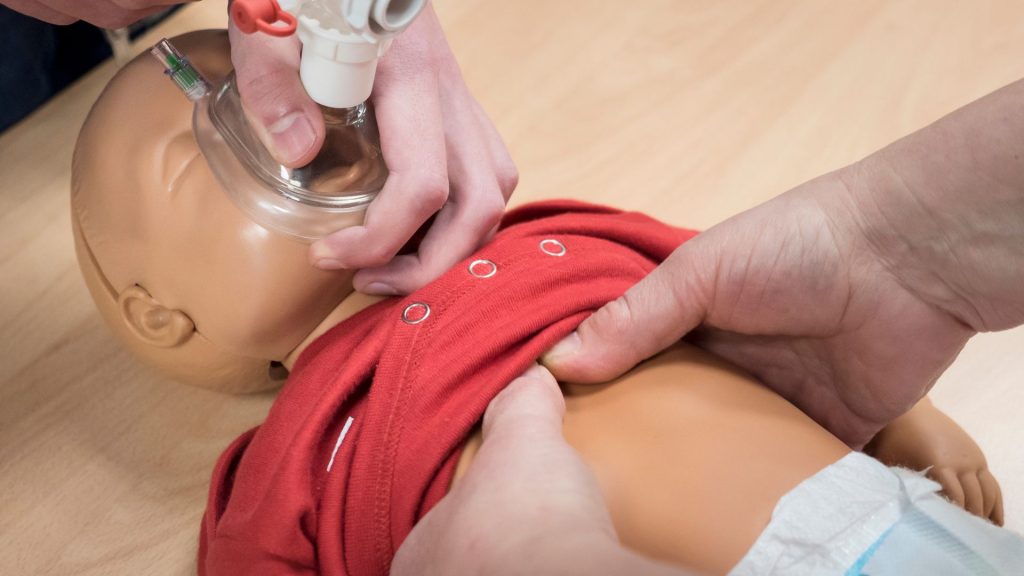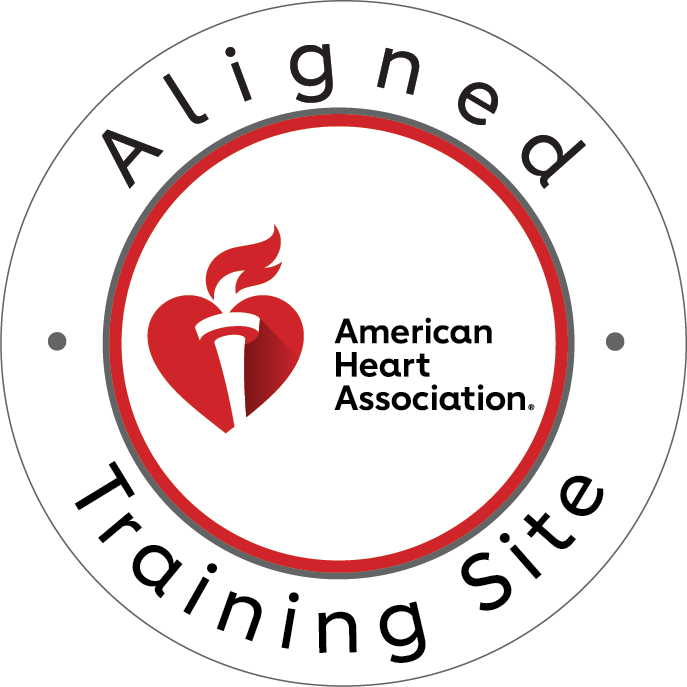Introduction to Bag-Valve Masks
Bag-valve masks (BVMs), also known as manual resuscitators or Ambu bags, are essential emergency medical devices used to provide positive pressure ventilation to patients who are not breathing or not breathing adequately. Healthcare providers must understand how to properly use these life-saving devices as they play a crucial role in emergency respiratory support and resuscitation efforts.
Components of a Bag-Valve Mask
Understanding the various components of a BVM is crucial for proper operation and maintenance:
The Bag Component
The self-inflating bag is the main component that provides positive pressure ventilation. Made from a flexible material, it automatically re-expands after compression, drawing in fresh air or oxygen. Adult bags typically hold 1600-2000 mL, while pediatric bags hold 500-750 mL, and infant bags contain around 250 mL.
The Valve System
The valve system in BVMs is sophisticated yet reliable:
- One-way intake valve: Allows fresh air or oxygen to enter the bag when it re-expands
- Patient valve: Directs the ventilation to the patient during compression and prevents exhaled air from entering the bag
- Pop-off valve: A pressure release valve that limits airway pressure (typically to 35-45 cmH2O)
Face Masks
BVM face masks come in various sizes to ensure proper fit:
- Adult (large and standard)
- Pediatric (multiple sizes)
- Infant/neonate The mask should create an airtight seal around the patient’s mouth and nose while maintaining proper anatomical position.
Proper Bag-Valve Mask Technique
Preparation for BVM Use
- Select the appropriate size bag and mask
- Check device functionality
- Position patient properly (sniffing position if no cervical spine injury is suspected)
- Ensure all components are properly connected
The E-C Clamp Technique
The E-C clamp technique is the most effective method for maintaining a proper seal:
- Position your third, fourth, and fifth fingers along the mandible in an “E” shape
- Use your thumb and index finger to form a “C” around the mask connector
- Apply gentle downward pressure to maintain the seal
- Keep the patient’s head tilted appropriately to maintain airway patency
Proper Ventilation Steps
- Squeeze the bag over 1 second for adults
- Deliver enough volume to achieve a visible chest rise
- Allow complete exhalation before the next breath
- Avoid excessive ventilation rates
- Monitor chest rise and fall
Common Bag-Valve Mask Challenges
Troubleshooting Mask Seal Issues
- Check for proper mask size
- Reposition fingers for better grip
- Adjust head tilt
- Consider using a two-person technique for difficult cases
Managing Patient Complications
- Recognition of upper airway obstruction
- Handling excessive secretions
- Responding to vomiting
- Managing combative patients
Equipment Problems
- Identifying valve malfunctions
- Managing oxygen supply issues
- Addressing bag deterioration
- Dealing with mask damage
Best Practices for Bag-Valve Mask Use
Single vs. Two-Person Technique
The two-person technique often provides superior ventilation:
- One rescuer maintains a mask seal
- The second rescuer provides ventilation
- Better tidal volumes achieved
- Reduced provider fatigue
Infection Control
Maintaining proper infection control measures:
- Regular cleaning and disinfection
- Proper storage
- Single-use components
- Personal protective equipment use
Quality Improvement Tips
- Regular practice sessions
- Peer review and feedback
- Documentation of difficulties
- Equipment maintenance schedule
Special Considerations
Pediatric Patients
Special considerations for pediatric patients include:
- Age-appropriate sizing
- Gentler ventilation pressure
- Higher respiratory rates
- More frequent reassessment
Trauma Patients
Modified approach for trauma patients:
- Cervical spine precautions
- Modified jaw thrust
- Careful pressure application
- Increased monitoring
Training and Certification Requirements
Initial Training
Healthcare providers must receive comprehensive initial training on BVM use:
- Hands-on practice sessions
- Competency verification
- Documentation of skills
- Regular updates on best practices
Ongoing Competency
Maintaining BVM competency requires:
- Annual skill verification
- Participation in simulations
- Case review discussions
- Equipment updates training
Call to Action
Ensure you’re prepared to handle emergencies with confidence by getting certified in BLS and CPR. CPR Columbus offers comprehensive BLS certification in Columbus programs that include hands-on training with bag-valve masks and other essential life-saving equipment. Our CPR certification Columbus courses are taught by experienced American Heart Association instructors in a stress-free environment.
Don’t wait until an emergency happens to get trained. Contact CPR Columbus today to schedule your BLS or CPR certification course. Whether you’re a healthcare professional needing renewal or seeking initial certification, our hands-on approach ensures you’ll be ready when seconds count.
Remember, proper BVM technique can mean the difference between life and death. Get certified with the best CPR training provider in Columbus today.





